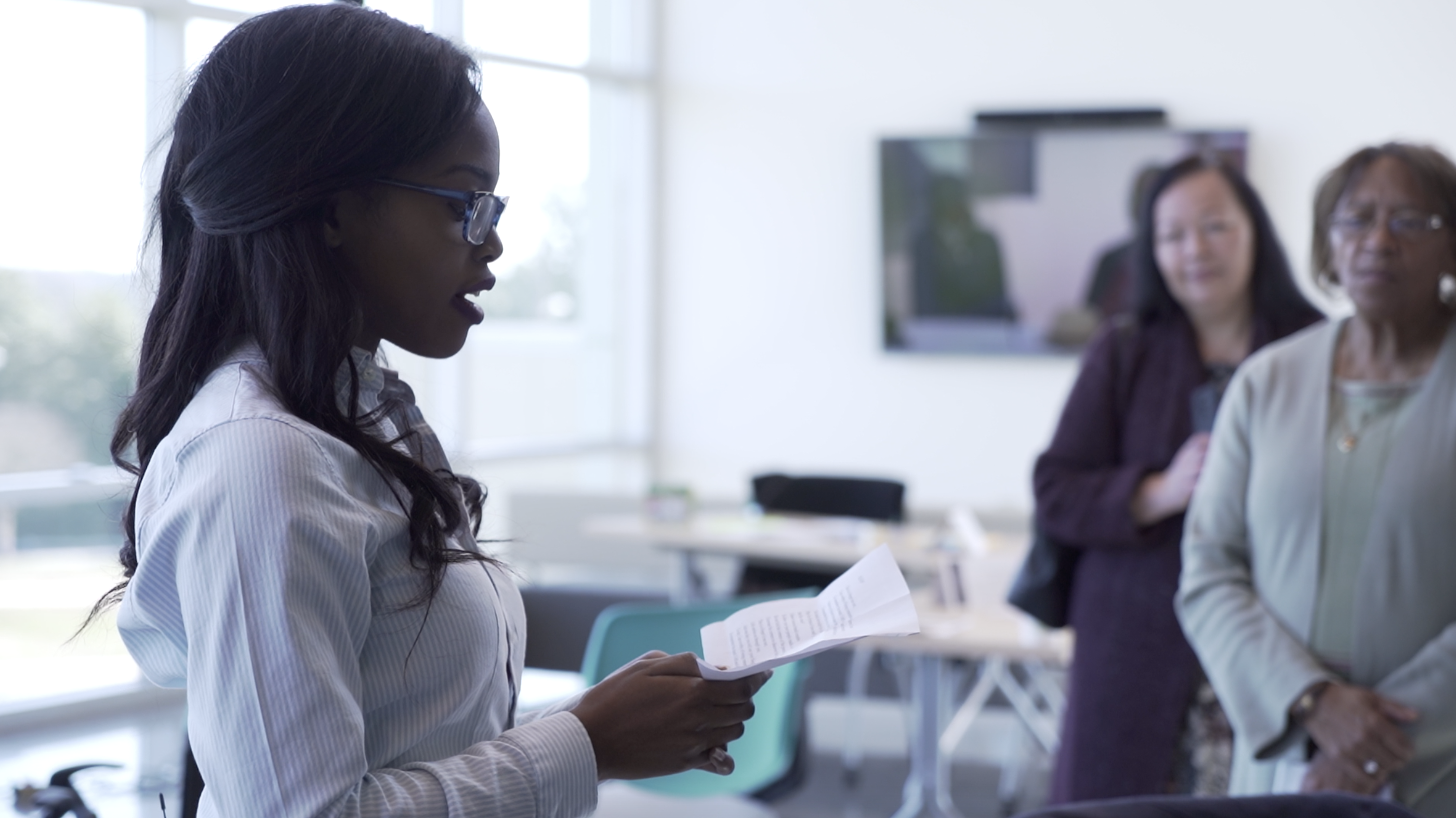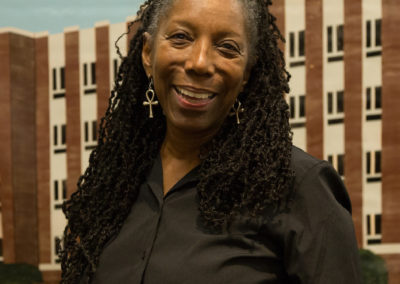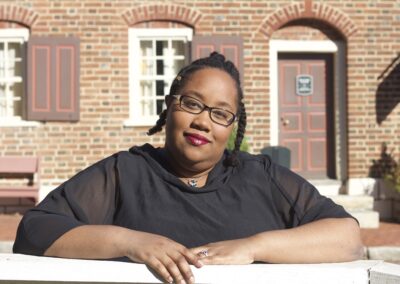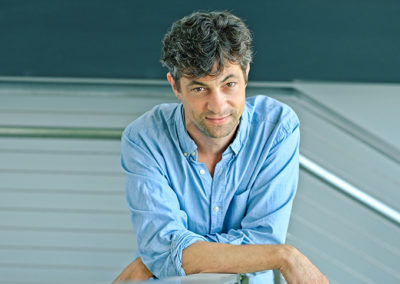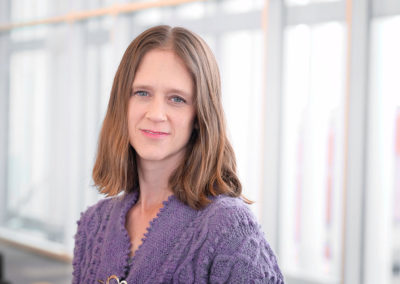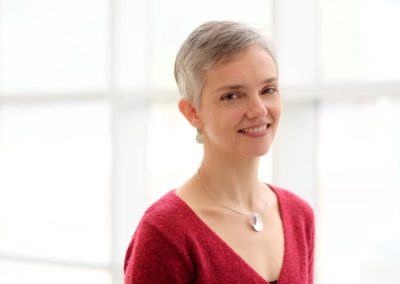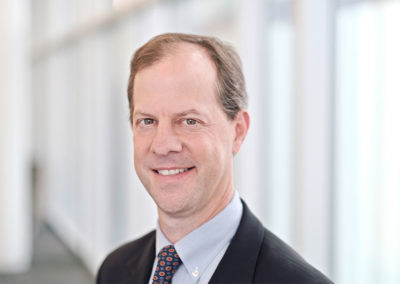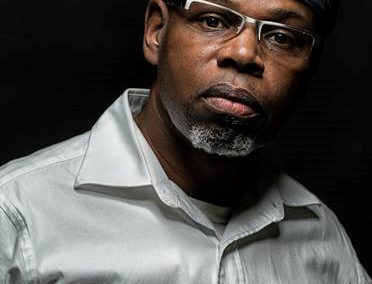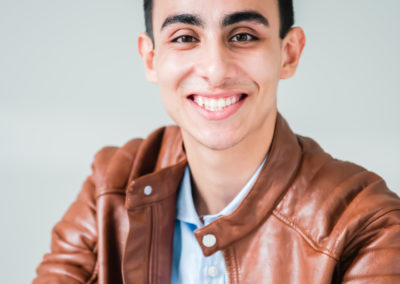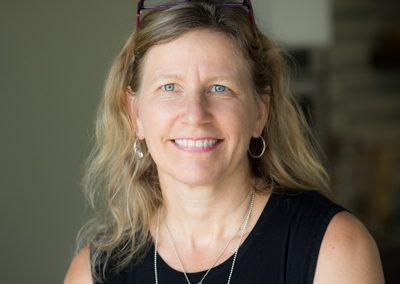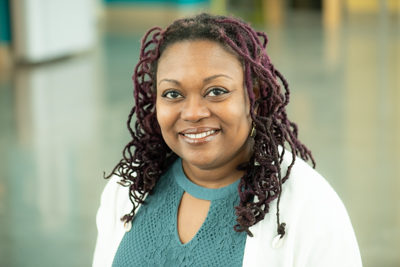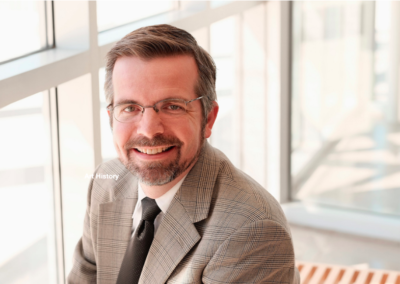ITERATIVE DESIGN FOR TRANSFORMATIVE, TRANSDISCIPLINARY, AUTHENTIC LEARNING
Recognizing that design processes offer powerful tools for transformative, high-impact learning, EDstudio programs bring diverse students, faculty, and professionals into rigorous, transdisciplinary research. Collaborators utilize an iterative design process to create multimedia products with authentic applications that contribute to public knowledge and literacy. Rationale: students crave authentic engagement with real-world problems and their solutions, and, increasingly, interdisciplinary design offers students opportunity to work between the arts and content-based disciplines (e.g. humanities and STEM) to impact their world. Authentic learning experiences cultivate portable skills contemporary employers wish to find in their employees—flexibility, creative problem solving, collaboration, critical judgement and communication—and tackling real-world problems motivates students and builds self-efficacy. Interdisciplinary design can make research relevant and meaningful to diverse audiences, reducing inequality and building public knowledge. Exerting action against the post-truth paradigm that increasingly defines our time reveals the impact of art and research to students.
PROJECTS
Projects defy disciplinary boundaries, offer opportunities for student leadership and depend on true collaboration. Most involve high school to graduate students, professionals and academics, and create connections to learners of all ages, backgrounds and ability levels. Output ranges from film to public art to multimedia presentations to museum exhibits to playgrounds and beyond.
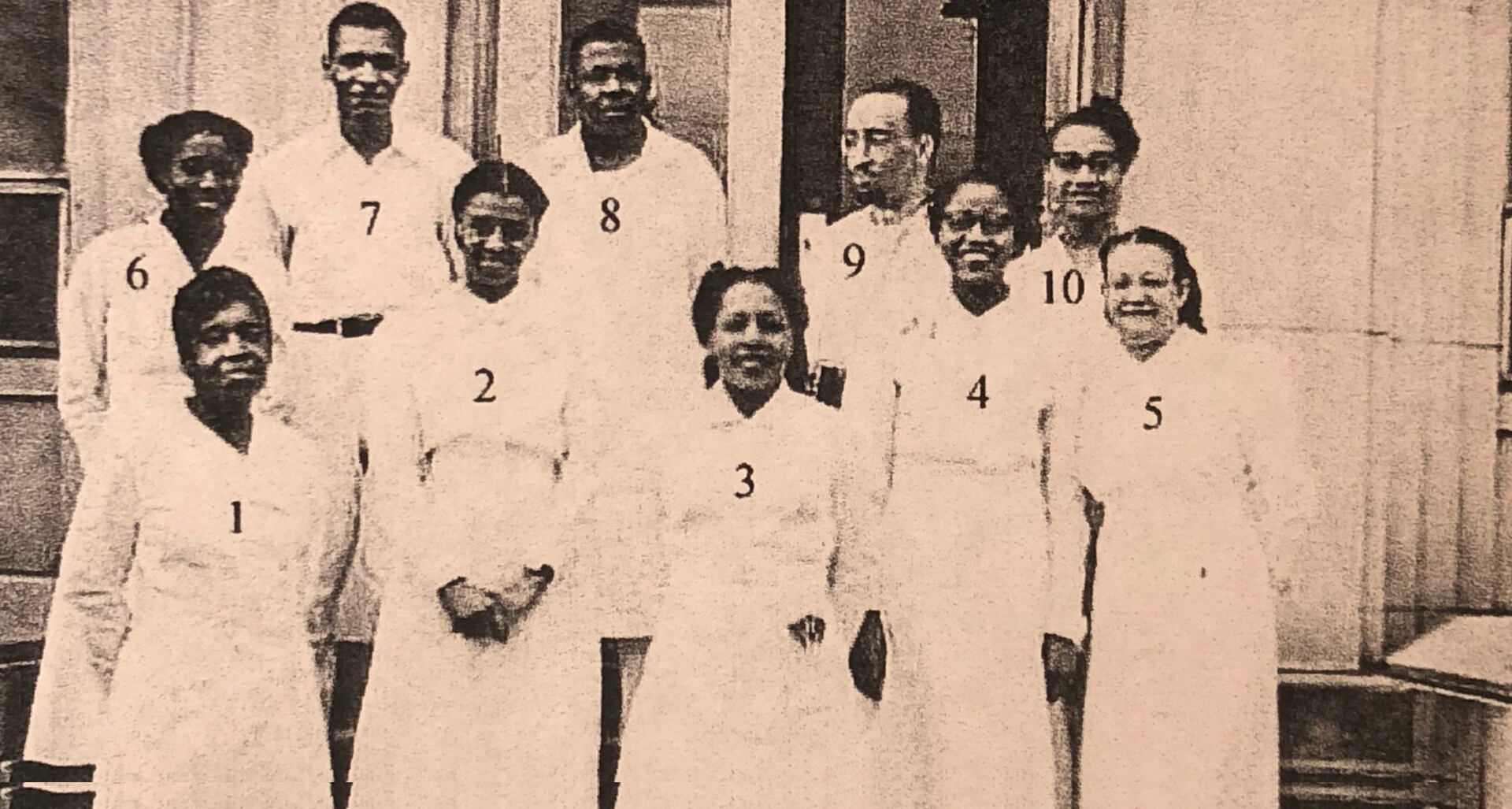
Present Absence
An inclusive public art project which serves to share the legacy of the Kate Bitting Reynolds Memorial Hospital. “Katie B,” as it is lovingly called, was a hospital that served the Black Community in Winston-Salem, North Carolina..

Studio for Creative Practice
The Studio offers time and space for students to experiment with ideas, approaches, and artistic forms. Students have ample opportunity to follow their interests and take creative risks, learning to see and understand the impacts of their artistic choices. • The Studio cultivates innovative and engaged artist citizens. It equips them with the skills and confidence needed to dialogue within and across disciplines, facilitating entry into a variety of cultural conversations to create work that resonates with a wide array of audiences..

Course Sequence in Art & Inquiry
Art and Social Justice | This course is for artists, activists and thinkers who seek understanding of and participation in art for social change. We collaborate with local artists and organizations to introduce students to the experiences of using their craft in the cause of social justice.
Art and Climate Change | Faculty and students work together in creative research, iterative scientific and artistic processes, supported by interdisciplinary source material. In multimedia projects, we explore ways to deploy the powers of art to educate, advocate for change, or even mitigate climate impact.
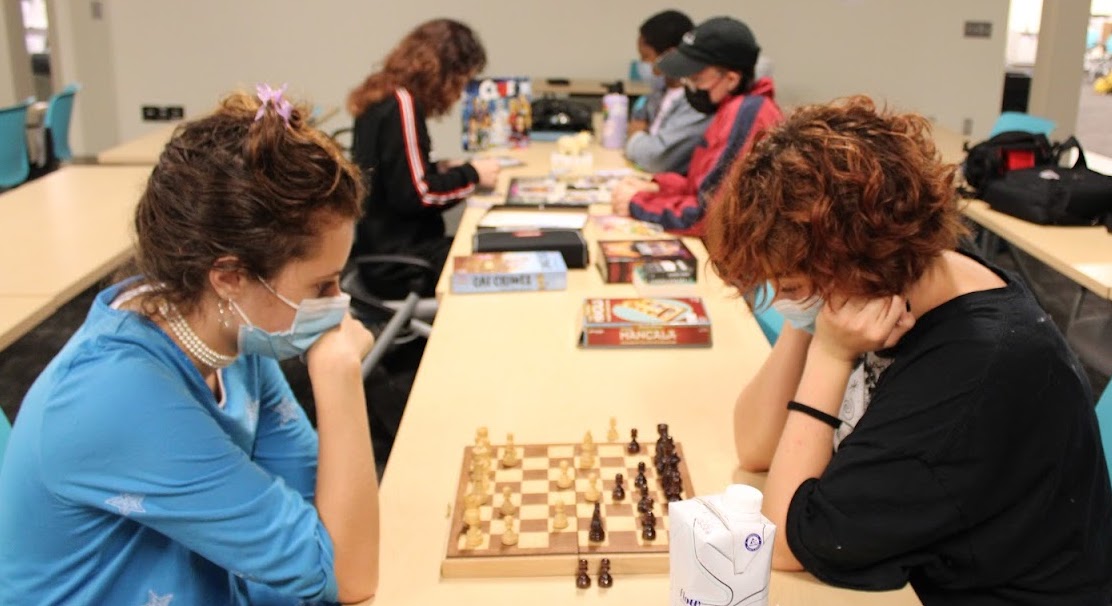
Responsive Pedagogy Study
A key tool to achieving EDstudio goals is practice of responsive pedagogy, which we define as embracing both Culturally Responsive Teaching and moment-to-moment responsiveness to the learning needs and interests of each individual and the learning community as a group. Responsive pedagogy supports student agency in engaging with and adapting to the current social, cultural, and environmental challenges that mark our time, and facilitates their growth in those competencies listed above, which are critical to successful contemporary careers.
Past Work
The Educational Design Studio works to create continuous opportunities for students, academics and professionals. Each semester we work on a new and exciting art projects.
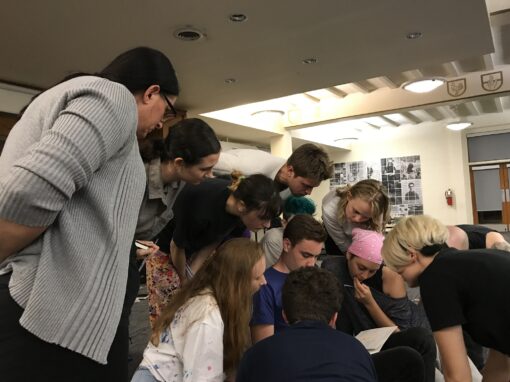
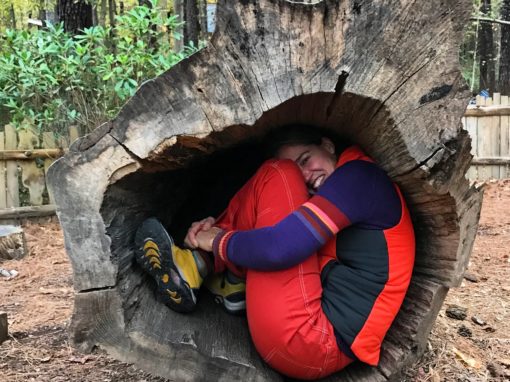
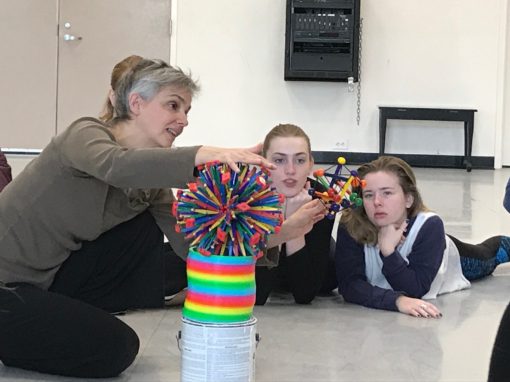


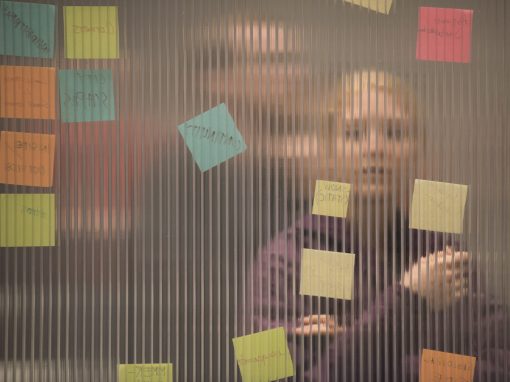
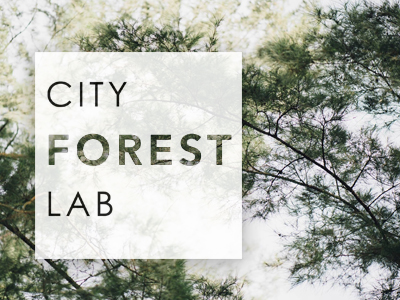
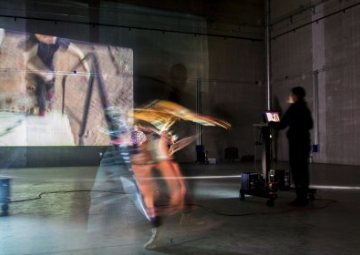
RESPONDING THROUGH MOVEMENT: Fume Takenouchi leads Choreographic Analysis of Architecture

With support from the Center for Design Innovation, dancers from UNCSA collaborated with Fumi Takenouchi to explore the relationship between architecture and the human body. We visited architectural spaces of varying shape, design, size, material and texture (including Reynolda House, Old Salem SECCA and the Semans Library). At each place, we worked to notice what there is to be noticed toward creating phrases of movement that uniquely embody each space. Interestingly enough, in addition to the physical variations from one location to another, each space has its own qualitative characteristics (ambiance, smell, sound, history and purpose), which factor into our kinesthetic responses. While at each location, we shared our phrases with one another and discussed the aspects of design/ sensation that inspired us to create the movement we created. We then traveled back to the CDI each day to learn each other’s movement phrases, adapt them into this vastly different space and integrate them with the media of film and music.
– Garrett Parker, C 17

